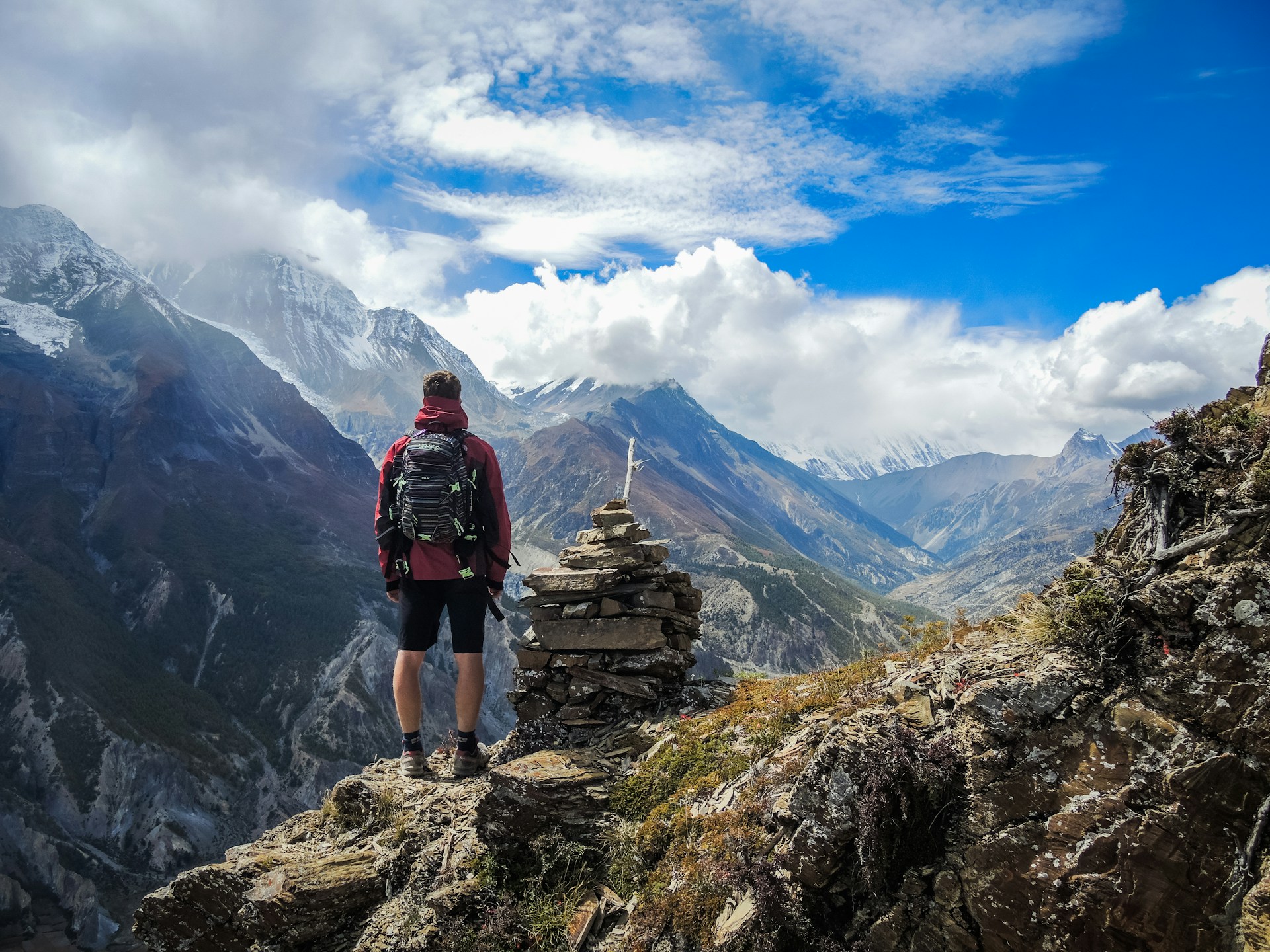1. Introduction: Balancing Aspirations and Impact
As we hurtle toward the middle of the 21st century, the landscape of sustainable travel is undergoing a profound transformation. The allure of exploring distant lands, connecting with diverse cultures, and experiencing the thrill of adventure remains undiminished. However, the pressing challenge lies in reconciling our wanderlust with the urgent need for environmental stewardship.
The Dilemma: Growing Demand vs. Environmental Conundrum
-
Growing Demand:
- The desire to explore new horizons is universal. As economies flourish and global connectivity improves, more people seek sustainable travel experiences. Whether it’s a backpacking trip through Southeast Asia or a luxury cruise to Antarctica, the allure of travel is irresistible.
-
Environmental Conundrum:
-
- Yet, our planet groans under the weight of our wanderlust. Aviation emissions, deforestation, and the carbon footprint of tourism contribute significantly to climate change. The very act of traversing oceans and continents leaves an indelible mark on the delicate fabric of Earth.
2. Current Trends and Challenges
-
Enhancing the Travel Experience:
- Hotel Upgrades: Despite challenges, hotels must continuously improve the guest experience to stay competitive.
- Airlines’ Struggles: Airlines grapple with weather events and staffing issues, recognizing the need to enhance the sustainable travel experience to retain travelers’ attention.
-
Corporate Travel’s Comeback with Budget Constraints:
- Business Trips: Essential for client relationships and collaboration, but cost considerations are significant. Prudent budgeting is crucial, but US corporate travel spending is expected to surpass pre-pandemic levels soon.
- Balancing Budgets: Striking a balance between conservative budgeting and leveraging the strategic benefits of sustainable travel.
-
Traveler Behavior: More Trips or Longer Stays:
- Remote Work Impact: The pandemic reshaped work patterns, with remote and hybrid arrangements becoming common. Travelers now plan longer leisure trips, often combining work and leisure.
- In-Destination Needs: This shift affects travelers’ preferences and requirements during their stays. Hotels, attractions, and services must adapt to cater to this new breed of laptop-toting travelers.
-
Evolving Marketing Strategies:
- Pent-Up Demand: Providers capitalize on rebounding sustainable travel demand.
- Targeted Marketing: Adaptation to changing platforms and demographics.
3. Proposed Solutions for Sustainable Travel
-
Flight Rationing:
- Allocating “flight kilometers” annually based on abstinence from flying.
- Unused kilometers exchangeable for rewards; exceeding the ration incurs penalties.
-
High-Speed Rail Networks:
- Solar-powered trains as an alternative to flights, emitting 90% less CO₂.
- Feasibility demonstrated by existing rail journeys.
-
Electric Planes:
- Emergence of electric aircraft for short-haul flights.
- World’s first all-electric commercial airliner, Alice, hints at a sustainable aviation future.
Conclusion: Navigating Toward Sustainability
In this delicate balance between wanderlust and environmental responsibility, technology, policy, and individual choices will shape the trajectory of our journeys. Let us navigate toward a sustainable travel ethos—one that allows exploration without compromising the very landscapes we cherish.
Check out more articles!









One response to “Travel Trends in 2050: Navigating a Sustainable Future”
[…] this incline will be the first step towards a sustainable system of international travel – but how could it be done? A frequent flyer tax would be relatively easy to implement but it […]